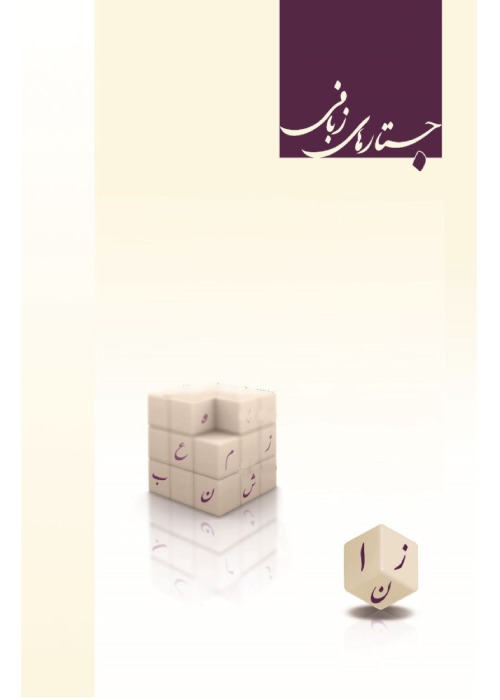Investigating Lexical Diversity & Lexical Density In Narrations Of 4-8 Year Old Persian Language Children Who Stutter And Who Don't Stutter
One of the fields that has been influenced by the linguistic methodology, and the results of the researches in the interdisciplinary fileds of psycholinguistics and clinical linguistics is the study of speech disorders, like stuttering. Stuttering is a speech disorder characterized by repetition of sounds, syllables, or words; prolongation of sounds; and interruptions in speech known as blocks. An individual who stutters exactly knows what he or she would like to say, but has trouble producing a normal flow of speech. In recent years many studies have examined whether there is a relationship between stuttering and linguistic features of the speech of those who stutter. This study is focused on the lexical domain, namely the lexical density, and lexical diversity that can be considered as the lexical richness. Lexical diversity is usually defined as the range and variety of vocabulary in a language sample. Lexical density provides a measure of the proportion of lexical items (i.e. nouns, verbs, adjectives and some adverbs) and function words in a language sample. Therefore, this study is aimed at comparing the lexical density and diversity in the narrations of children who stutter (CWS) (aged between 4 to 8 years), and children who do not stutter (CWNS) in the control group. Therefore, it investigates whether children who stutter have limited verbal skills compared to children who do not stutter. Since some theories claim that CWS have poorer language skills, comparing their linguistic performance in different domains to their fluent peers can contribute to the studies in this field through shedding light on the weak and strong points of these children’s language abilities. The sample consists of the narrations of 14 children who stutter (CWS) classified into two age groups: (4-6 and 6-8), and 14 age-matched children who do not stutter (CWNS) as the control group selected through convenience sampling method. They have been asked to narrate a wordless picture book, “Frog where are you?” (Meyer, 1969), and their narrations have been analyzed, and compared according to the lexical density and diversity between children who stutter, and the children in the control group, and also between the two age groups. The percentage of the use of different words in different grammatical classes, i.e. noun, verb, adjective, adverb, and different function words in their narrations was also compared between the groups. Lexical diversity was analyzed through computing MSTTR (Mean Segmental Type-Token Ratio) by Word Smith 6. To measure lexical density, Lexical and functional words in the children’s narrations were counted, and classified. The results were compared between the experimental group and control group in different age groups. SPSS 21 was used to test the significance of the differences observed between the groups. The results revealed that CWNS demonstrated more lexical diversity compared to CWS, but the difference was not significant. CWS used more content words and less function words than CWNS in their narrations and the difference is statistically significant. Comparing different grammatical classes showed that CWS narrations contained more nouns than CWNS narrations, whereas CWNS have used more verbs, adjectives and adverbs. However, the difference in the percentage of adverb usage was the only statistically significant item.
- حق عضویت دریافتی صرف حمایت از نشریات عضو و نگهداری، تکمیل و توسعه مگیران میشود.
- پرداخت حق اشتراک و دانلود مقالات اجازه بازنشر آن در سایر رسانههای چاپی و دیجیتال را به کاربر نمیدهد.



